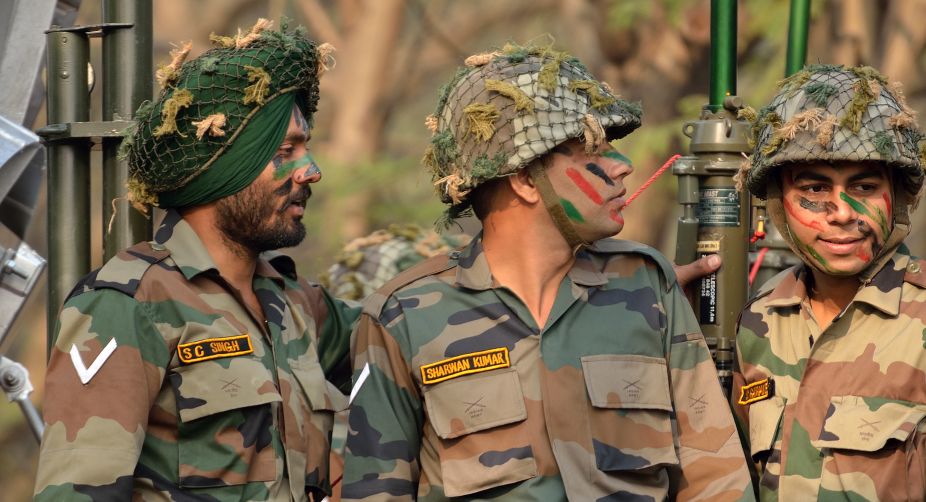Context:
In 2024, January 23rd marks the 127th anniversary of Netaji Subhas Chandra Bose.
About INA:
• It is also known as Azad Hind Fauj (Free Indian Army).
• Formation: In 1942 Mohan Singh, mostly comprised Indian prisoners of war (PoWs) captured by the Japanese during their Southeast Asia campaign during WWII.
• Aim: To secure Indian independence from British rule. Headquarters – Singapore, later shifted to Rangoon in Myanmar (since January 1944).
• Fighting brigades: They were named after Gandhi, Azad, Nehru, Bose, and the Rani Jhansi brigade (an exclusive women’s force).
• Revival: In 1943 by Subhas Chandra Bose. 12,000-strong INA eventually grew to more than 40,000 personnel.
- Many civilian volunteers from the Indian expatriate population in Malaya (Malaysia) and Burma also joined. It had its currency, postage stamps, and symbols portraying a vision of a liberated India.
• Successful activities: INA crossed the Burma border and stood on Indian soil by March 1944 hoisted the tricolor flag and subsequently advanced up to Kohima and Imphal.
- It controlled the Andaman Islands and parts of Manipur briefly. The 2 slogans ‘Delhi Chalo’ and ‘Jai Hind’ were the war cry of the INA.
• Positive impact:
- Though INA was disbanded in 1945, it made a significant impact in the Indian freedom struggle. It ignited the Indian soldiers and led to the revolt of the Royal Indian Navy and Royal Indian Airforce in 1946.
- Shah Nawaz Khan, Prem Sahgal, and Gurbaksh Singh Dhillon faced the 1st and most high-profile of court martials (INA trials), and became a potent symbol of the unity of Indians.
- INA was not at all affected by communal divisions. They demonstrated the capabilities of Indian Women waging armed struggle and also the enthusiasm and concern of overseas Indians for the freedom of their motherland.

